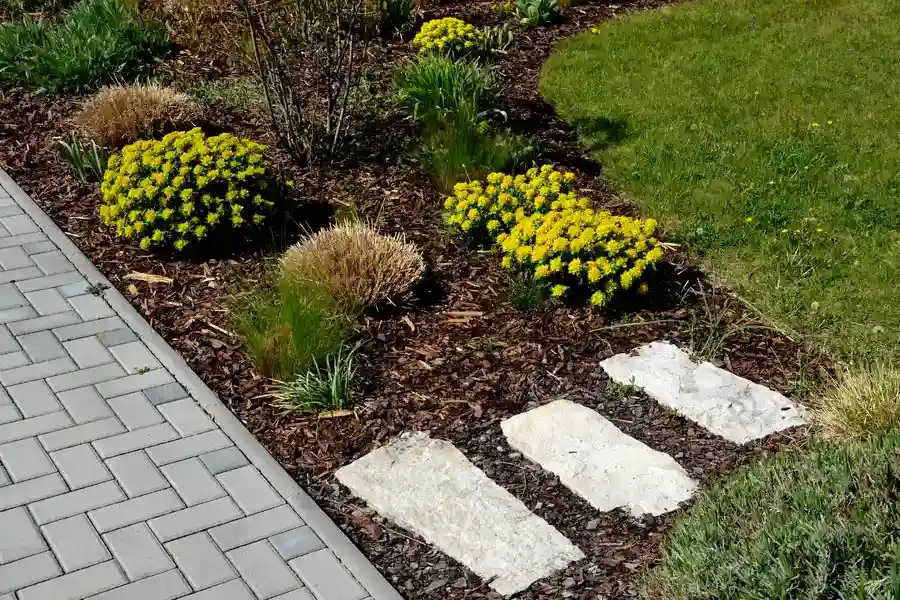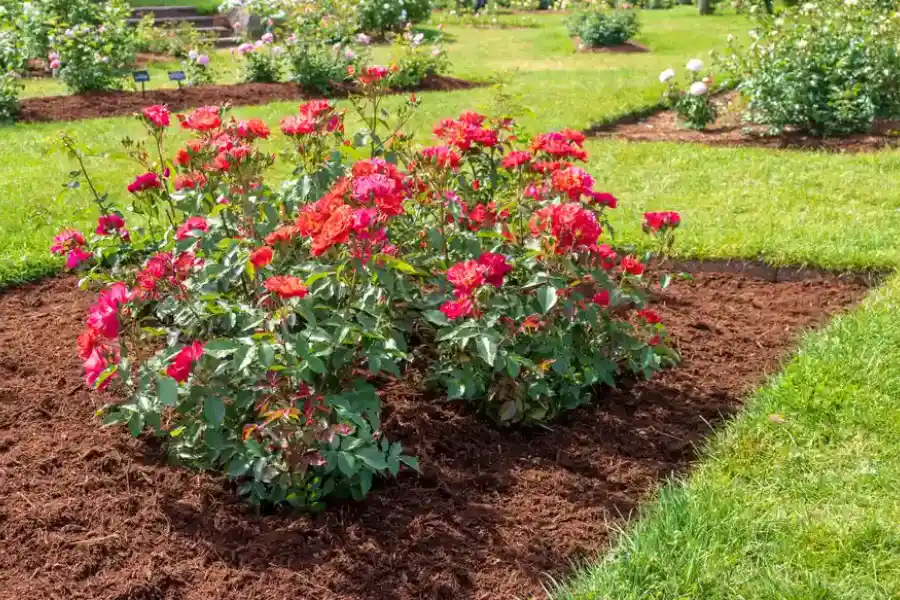Recognizing Errors Made While Enhancing Soil Health
Landscaping is more than just making spaces look good; it involves nurturing plants and ensuring they thrive in their environment. One essential aspect of landscaping is mulching, which helps in soil moisture retention and weed prevention. However, even experienced landscapers can make mistakes when applying mulch. These errors can lead to inefficient results or harm the plants they aim to protect. Understanding these common pitfalls can help landscapers optimize their efforts and ensure that their landscapes flourish.

Why Proper Application Matters
Applying mulch correctly is crucial for maintaining plant health and landscape aesthetics. Proper application prevents issues like root rot and keeps pests at bay. It also enhances soil nutrition by decomposing over time, adding organic matter back into the ground. This process supports nutrient cycling, which is vital for healthy plant growth. Ensuring that mulch is applied in the right amount and location allows landscapes to benefit from all the advantages of this practice.
Avoiding Over-Mulching Practices
One frequent mistake is using too much mulch, often referred to as “volcano mulching.” This occurs when mulch is piled up against the trunk of a tree or shrub, resembling a volcano. Such a practice can suffocate roots, leading to poor growth or plant death. A better approach is to keep mulch a few inches away from plant bases, allowing air circulation while still providing necessary cover.

Choosing the Right Materials
Selecting inappropriate materials can undermine the benefits of mulching. Organic options like wood chips or bark are generally recommended for most gardens because they break down naturally, improving soil structure over time. In contrast, inorganic materials such as stones or rubber do not decompose and may not suit every landscape’s needs. Opting for the right materials ensures that your landscaping efforts are sustainable and beneficial.
Calculating the Correct Depth
The thickness of mulch layers plays a critical role in its effectiveness. Too thin a layer won’t suppress weeds effectively, while too thick a layer can prevent water penetration to plant roots. Ideally, a depth of 2-3 inches is sufficient for most garden areas. This depth balances moisture retention with adequate soil aeration, promoting healthy plant development.
Understanding Seasonal Considerations
Mulch application isn’t a one-size-fits-all task throughout the year. Different seasons require different approaches. For instance, adding a thicker layer before winter helps insulate plant roots against frost. Conversely, during wet seasons, it’s wise to opt for thinner layers to prevent excessive moisture build-up, which can encourage fungal growth. Adapting your methods based on seasonal changes maximizes your landscape’s resilience and beauty.
Assessing Cost Implications
When planning landscaping projects, understanding the costs associated with various mulching options is important. Organic mulches might seem costly initially but offer long-term value through improved soil health and reduced need for fertilizers. Budget-conscious landscapers should consider both immediate expenses and long-term savings when choosing materials. By evaluating these factors carefully, you can achieve cost-effective solutions without compromising quality.
Contact Our Expert Team Today
For those looking to avoid these common landscaping mishaps, working with knowledgeable professionals can make all the difference. Our team at RM Lawncare Services specializes in providing tailored landscaping services that meet your unique needs. Based in Markham, IL, we pride ourselves on delivering exceptional quality and customer satisfaction. Contact us today at (708) 289-2425 for expert advice on your next project.